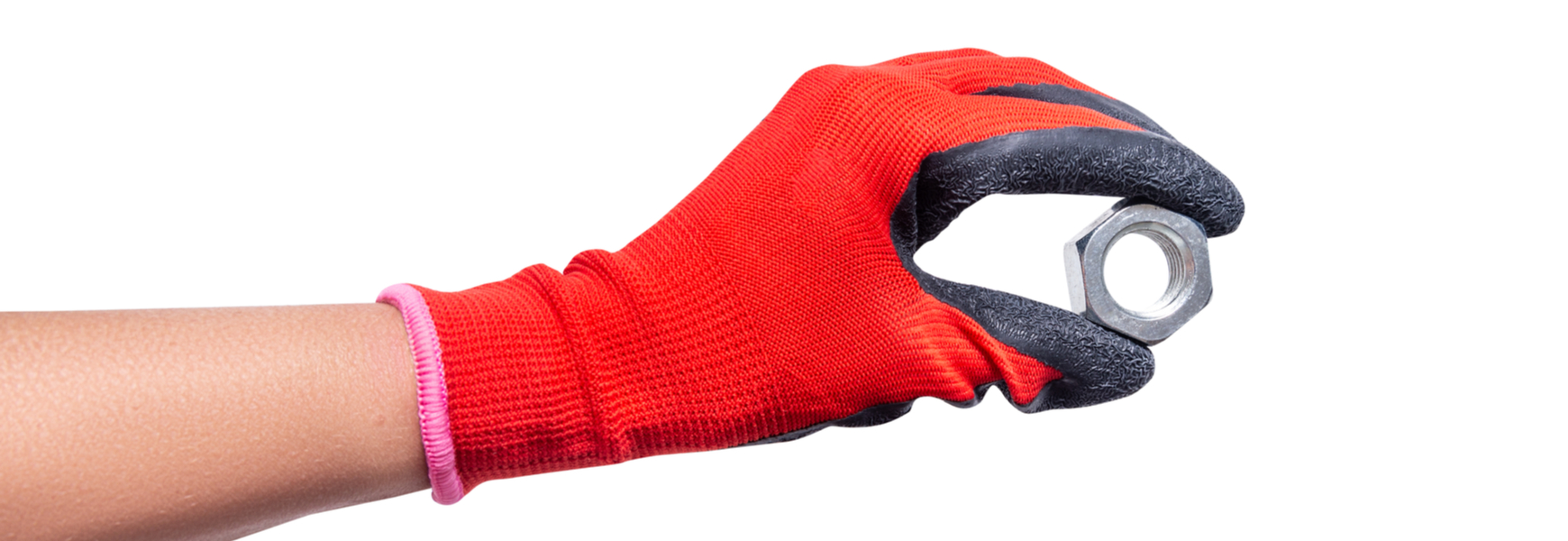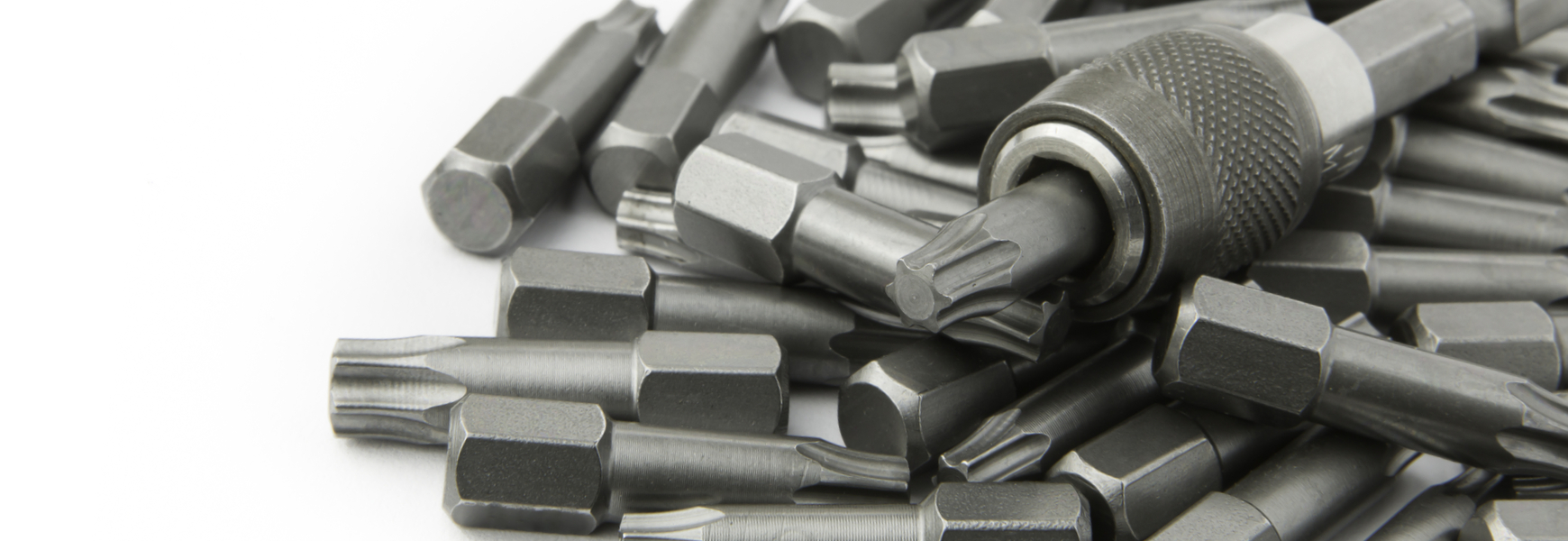‘Poka-yoke’, or mistake-proofing, is a common process control framework used by many manufacturing facilities today. In this article, we are going to cover 3 examples where we helped implement poka-yoke in the electronics industry.
Many people think the definition of poka-yoke is to design and make a piece of well-functioning equipment. Some people mistake poka-yoke for building a tool or a jig of some sort. However, we think of poka-yoke as a set of techniques to reduce defects, in the very general sense.
Many smart approaches can be invented and implemented by simply understanding how people work. Here’s what we mean:
Example #1 – Using better manufacturing gloves

Here is a typical poka-yoke case that seems so simple that, when it was proposed, management laughed at us.
We were working in an electronics factory in Shanghai, and we would go past some of the manual stations where screws needed to be attached. The first thing we noticed was that the screws were all over the floor! As expected, these stations were a place where most of the defects happened on the boards.
We suggested giving the operators good gloves with rubber fingers, so the people could control the grip on the screws. At first, senior management was sceptical of this our proposed solution’s effectiveness and wanted to put in robots. As an experiment, they authorized to purchase those gloves, which were triple the cost of the usual gloves. To no surprise, the defects went away in less than one day - without the need for a large investment to buy robots.
This is a typical situation where simple improvements to the process lead to much fewer defects. That’s ‘mistake-proofing’ in the wide sense of the term.
Example #2 – Optimizing tooling
A second mistake-proofing technique that led to great results was shortening the length of the screwdriver bits.
The engineers at a factory in Mexico thought that the bit length could be standardized to be 5 inches long – even though this length was needed at only one location. We did a study and found that bits longer than 2 inches were hard to control for very small screws. We went and changed all the bits except at that one location.
With the majority of the bits made smaller, our quality for screws went from 60% to 98%. With the entire area running better, the production numbers went up, too.
Example #3 – Increasing packing lines and improving task division
Our third process control example involved the re-engineering of the packaging lines in a factory located in North America. Computer packing has many components. There are many ways people can miss a piece of the package or locate it incorrectly.
To fix this, instead of having many short lines to package computers, we made 2 long lines with each job station having a very specific set of work to do. The lines ran faster, and we put up a small monitor to show the model of a computer going down the line, along with what it needed.
That factory had to build many different styles of computers. Chinese manufacturers in the same industry typically built 5-10,000 run batches. The goal in this factory, in contrast, was to make it possible to have any computer model go down any line at any time.
Using lean principles and a poka-yoke approach, we were able to build all these styles with fewer working hours than our Chinese counterparts! So, by setting up the lines and ensuring the operators did not have to guess what was going into each box, we decreased errors down to almost nothing.
The Bottom Line
The definition of poka-yoke essentially comes down to building solutions that help control processes and avoid errors on the production line. Our approach to implementing poka-yoke is to gain a deep understanding of how people work and what are the obstacles to reach maximum efficiency with fewer mistakes down the road.
If you are interested in improving the process control in your manufacturing facility and would like to learn more about the benefits of poka-yoke, download our mistake-proofing ebook or contact us for assistance.






